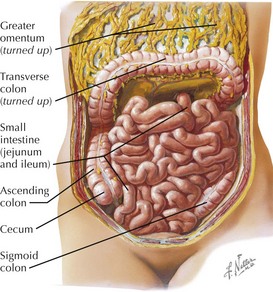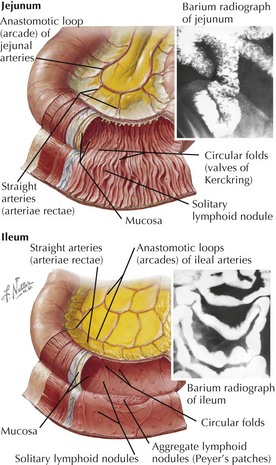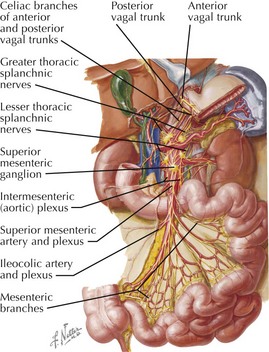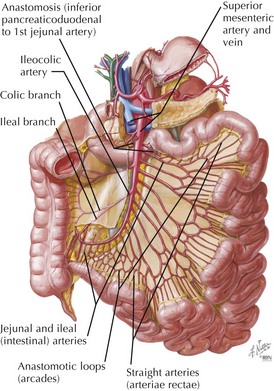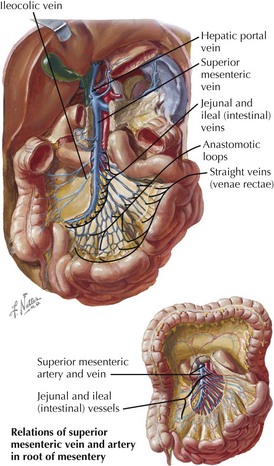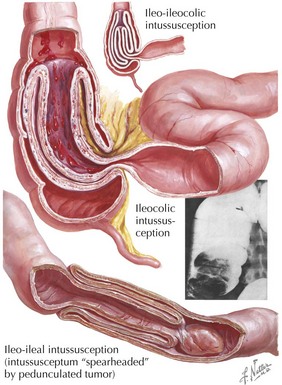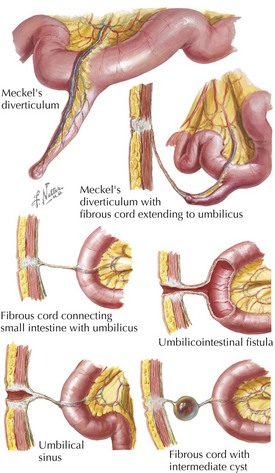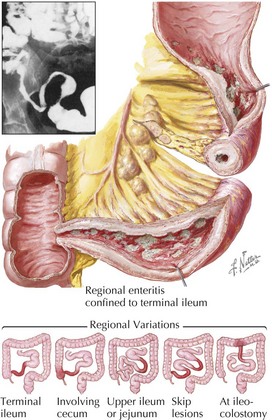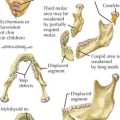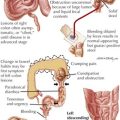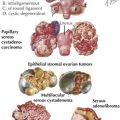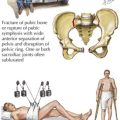15 Small Intestine Diseases
Anatomy of the Small Intestine
Jejunum
Ileum
Microscopic Anatomy
• Submucosa: strongest layer, connective tissue, Meissner’s plexus (parasympathetic ganglion cells and neuronal network)
Innervation
• Parasympathetic: vagus
• Sympathetic
Vessels and Lymphatics
Arterial Supply
Venous Drainage
• Duodenal veins empty into splenic vein, superior mesenteric vein, and portal vein (which lies posterior to the first part).
Clinical Correlates
Intussusception
• Portion of bowel (intussusceptum) invaginates into an adjoining segment of bowel (intussuscipiens), causing obstruction.
Diverticular Disease
Meckel’s Ileal Diverticulum
• Can also include gastric tissue: symptomatic with ulcer occurring in opposite gut wall (due to acid secretion)
Cancer of the Small Intestine
• Most common malignant neoplasms: adenocarcinomas, carcinoid tumors, lymphomas, and gastrointestinal stroma tumors, all rare
• Carcinoid
 Slowly growing tumor of enterochromaffin (argentaffin or Kulchitsky) cells, producing serotonin and bradykinin
Slowly growing tumor of enterochromaffin (argentaffin or Kulchitsky) cells, producing serotonin and bradykinin
 Slowly growing tumor of enterochromaffin (argentaffin or Kulchitsky) cells, producing serotonin and bradykinin
Slowly growing tumor of enterochromaffin (argentaffin or Kulchitsky) cells, producing serotonin and bradykinin• Gastrointestinal stromal tumors (GIST): most common GI mesenchymal neoplasm (1% of all), often associated with Kit gene mutation
Crohn’s Disease
Short-Bowel Syndrome
• Because of absorptive and vascular reserve capacity of small intestine, limited resection of bowel is generally associated with minimal morbidity.
• Extensive resection can result in short-bowel syndrome, with insufficient absorptive activity, intractable diarrhea, malnutrition, weight loss, and dehydration.

